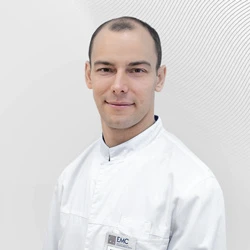Thoracic surgery is the surgery of the chest organs. EMC thoracic surgeon, oncologist, chief freelance specialist thoracic surgeon of Moscow, PhD Evgeny Tarabrin - told what a thoracic surgeon treats, about the diagnosis of breast diseases, treatment methods and when a thoracic surgeon's consultation is needed.
Tells Evgeny Tarabrin – thoracic surgeon, oncologist,
chief freelance specialist thoracic surgeon of Moscow, PhD 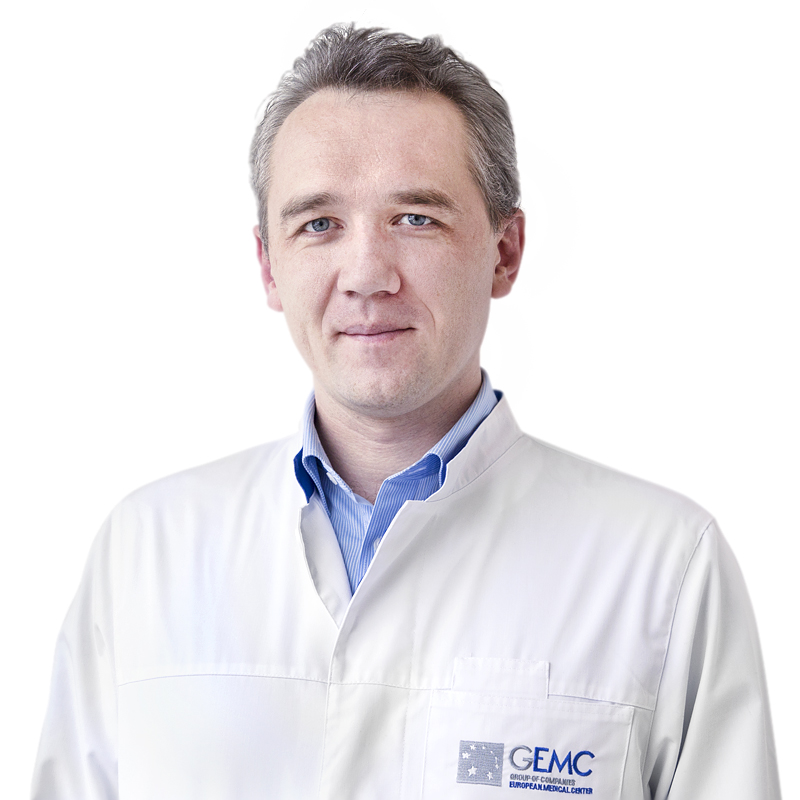
Thoracic surgery – chest surgery.
The breast as an anatomical area includes a number of structures and organs:
- The chest wall, which includes the ribs and soft tissues, muscles, subcutaneous tissue, and skin. Here we treat various tumors, chest wall deformities, fractures, and rib injuries. We treat some diseases together with traumatologists.
- The pleura is what lines the chest wall from the inside. The most common diseases in this area are hydrothorax (accumulation of fluid in the pleural cavities) and pneumothorax (develops when air enters the pleural cavity).
- Light. There are two large groups of diseases here - oncological and non-oncological. These are tumors, single lung metastases, lung cysts, abscesses, and bullae. Operations are also performed for respiratory failure caused by severe pulmonary emphysema. Surgical reduction of lung volume makes it possible to reduce shortness of breath and increase exercise tolerance.
- The trachea is a tubular organ that serves to conduct air from the upper respiratory tract (mouth, larynx) to the lower (bronchi and lungs). Diseases of the trachea can be oncological and non-oncological. Tracheal stenosis is common due to previous resuscitation procedures related to artificial ventilation of the lungs. Various tracheal injuries are possible, which may require surgical treatment.
- The esophagus is an organ located in the mediastinum. It serves for the passage of food from the oral cavity to the stomach, it can also be affected by tumors or non-tumor processes. Surgical treatment for tumors can be radical – removal of the esophagus followed by plastic surgery. With far-reaching processes, palliative interventions are possible to restore the patency of food. For example, installing an esophageal stent. Often, there may be congenital anomalies in the mediastinum, such as cysts.
- The diaphragm is located between the thoracic and abdominal cavities. This is the muscular septum that participates in the act of breathing. With relaxation and diaphragmatic hernias, plastic surgery is performed to restore the diaphragm and its physiological function.
- The thymus gland is located in the anterior mediastinum, but it usually atrophies after reaching adulthood. Thymoma tumors may occur in it, which are an absolute indication for surgery.
Diagnosis of breast diseases
The main methods used in this field are X-ray and endoscopic.
Radiological:
- computed tomography
- positron emission tomography combined with computed tomography
Endoscopic:
- fibrobronchoscopy (assessment of the respiratory tract)
- fibroesophagogastroscopy (esophageal condition assessment)
In addition, in some cases we carry out ultrasound and functional examinations.
Methods of thoracic surgery
In the case of diseases in the early stages, in the vast majority of cases it is possible to perform surgical interventions through minimally invasive access, i.e. without making large incisions, using thin long instruments. Sometimes we perform operations without incisions at all, with the help of endoscopic access, through natural pathways (for example, we insert an endoscope through the mouth into the trachea, bronchi).
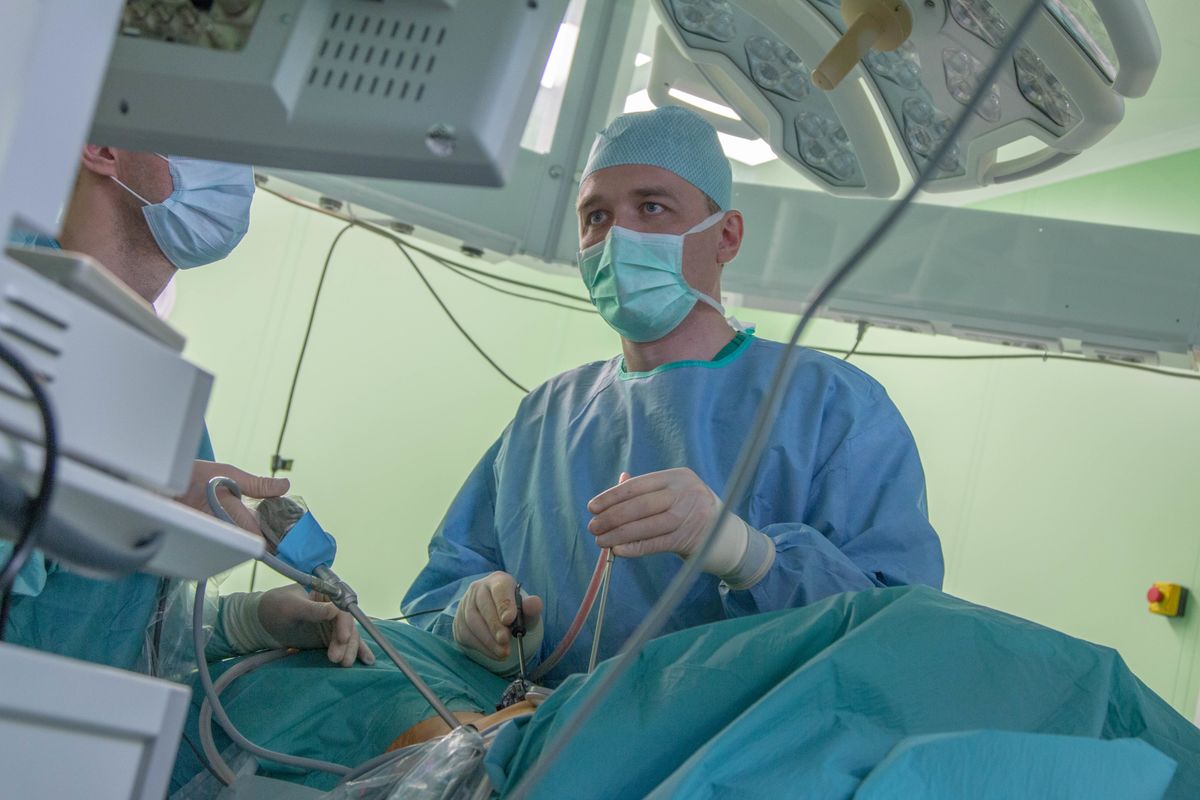
- Thoracoscopy is a minimally invasive access to the breast organs that allows for almost any amount of surgery on the lungs, pleura, and mediastinal structures. It has limitations in the form of tumor size. It is preferable due to the reduction of pain after surgery and early rehabilitation.
- Thoracotomy is a traumatic method of "large" surgery, which involves access through the intercostal space to the organs of the breast.
- Thoracocentesis is a method of diagnosis and treatment of certain diseases of the pleura. It is a puncture in the chest wall and the removal of the contents of the pleural cavity through a needle.
- Drainage of the pleural cavity is performed if prolonged evacuation of fluid or air from the pleural cavity is required. To do this, a tube is installed in the pleural cavity.
When do I need to consult a thoracic surgeon?
Radiologists, general practitioners, and other specialists may be referred to a thoracic surgeon if they suspect diseases of the chest organs that require surgical intervention. These are fluid accumulation syndrome in the pleural cavity, pneumothorax, bulky formations in the lungs or mediastinum, dysphagia (swallowing disorder), etc.
Thoracic surgery in EMC
- A team approach to the treatment of any disease (the decision on the method of treatment and rehabilitation is made collectively with the involvement of oncologists, pulmonologists, radiation therapists, chemotherapists, radiologists, therapists, rehabilitologists).
- Equipment (equipment, supplies) at the level of the best clinics in Europe.
- Highly qualified surgeons under the guidance of Evgeny Tarabrin, Chief freelance Thoracic surgeon in Moscow.






.webp)


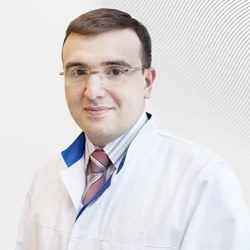
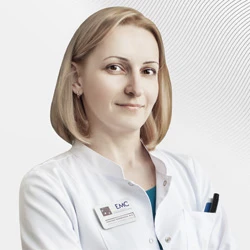
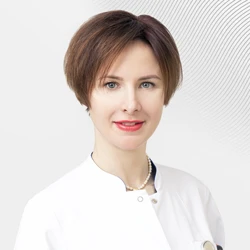

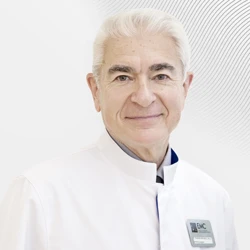
.webp)
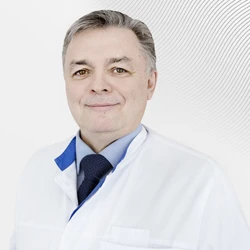
.webp)
.webp)

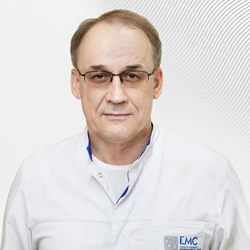
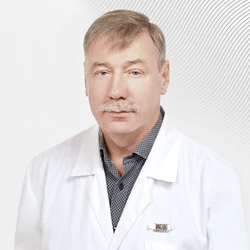


.webp)
